Horses are majestic animals known for their speed, strength and beauty. But how many toes does a horse have? In this article, we will explore the anatomy of a horse’s feet and how many toes a horse has.
Anatomy of the Horse’s Foot
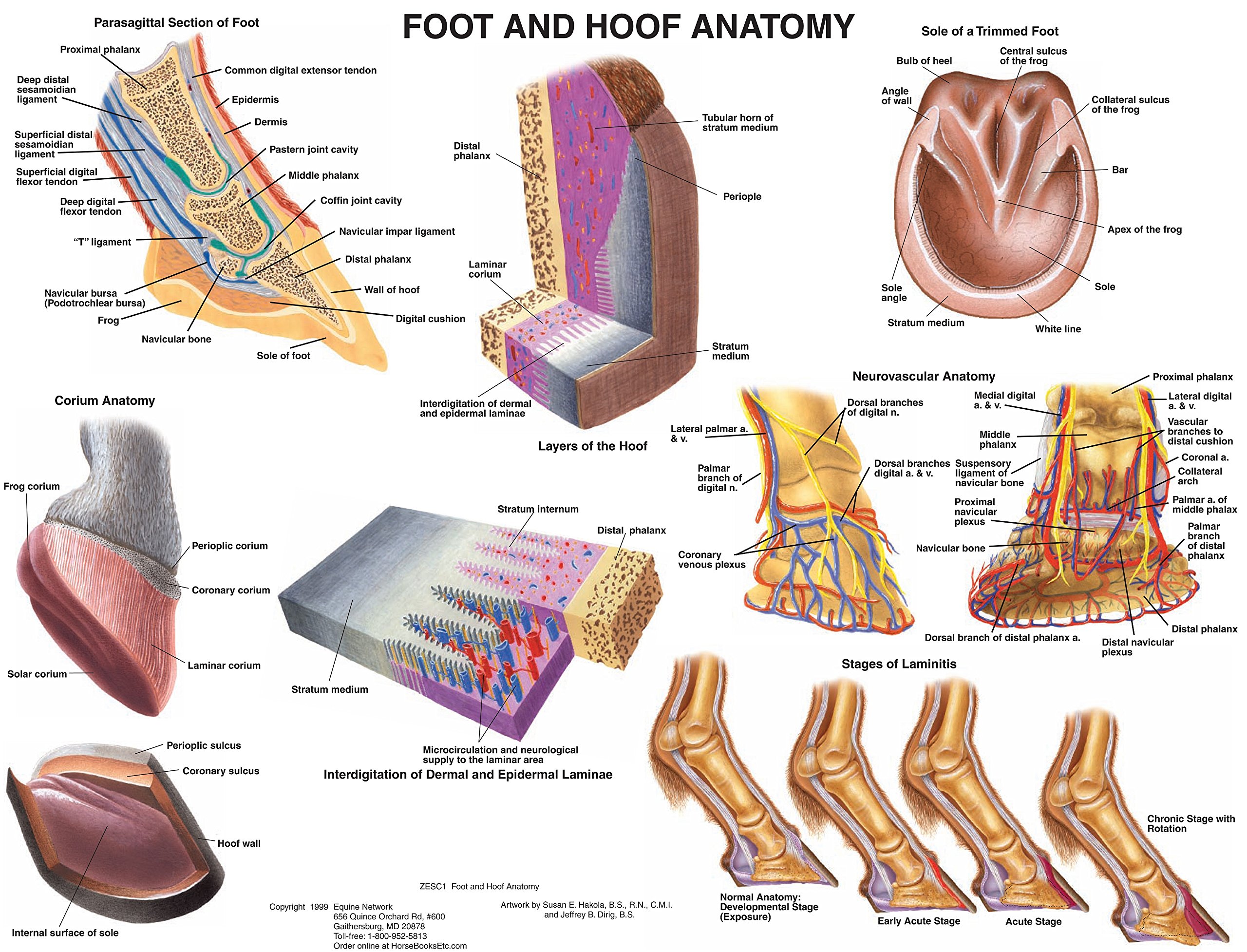
The horse’s foot is an incredibly complex structure and is composed of various parts that work together to provide support, balance, and movement. Let’s take a look at the anatomy of the horse’s foot.
The Horse’s Foot Structure
The horse’s foot is made up of two main parts: the hoof and the pastern. The hoof is the outermost layer and is composed of tough, keratinized skin and a tough band of tissue that runs around the circumference of the foot called the coronet band. The pastern is the area between the hoof and the fetlock. It is composed of two long bones called the long pastern and short pastern.
The Bones
The bones of the horse’s foot are the primary structural components of the foot and include the coffin bone, short and long pastern bones, navicular bone, and the distal sesamoid bones. The coffin bone is the largest of the foot bones and is responsible for providing support and balance, as well as shock absorption. The short and long pastern bones connect the hoof to the fetlock and provide support, while the navicular bone and the distal sesamoid bones are located at the back of the foot and are responsible for providing stability and helping to absorb shock.
The Muscles
The muscles of the horse’s foot are responsible for providing movement and support. The muscles of the foot include the flexor tendons, which run along the back of the leg and attach to the pastern and coffin bones, as well as the extensor tendons, which run along the front of the leg and attach to the fetlock joint. The deep digital flexor muscle is the primary muscle responsible for flexing the hoof and helps to provide stability and support.
The Ligaments
The ligaments of the horse’s foot are responsible for providing stability and support. The main ligaments of the foot include the deep digital flexor tendon, suspensory ligament, and the lateral and medial collateral ligaments. The deep digital flexor tendon runs along the back of the leg and attaches to the pastern and coffin bones. The suspensory ligament runs along the front of the leg and attaches to the fetlock joint. The lateral and medial collateral ligaments run along the sides of the foot and provide support to the bones and muscles of the foot.
| Structure | Description |
|---|---|
| Hoof | Tough, keratinized skin and a tough band of tissue that runs around the circumference of the foot called the coronet band |
| Pastern | Area between the hoof and the fetlock, composed of two long bones called the long pastern and short pastern |
| Bones | Coffin bone, short and long pastern bones, navicular bone, and the distal sesamoid bones |
| Muscles | Flexor tendons, extensor tendons, and deep digital flexor muscle |
| Ligaments | Deep digital flexor tendon, suspensory ligament, and the lateral and medial collateral ligaments |
The horse’s foot is an incredibly complex structure and is composed of many parts that work together to provide support, balance, and movement. Understanding the anatomy of the horse’s foot is essential for proper care and maintenance of the horse.
Number of Toes on a Horse
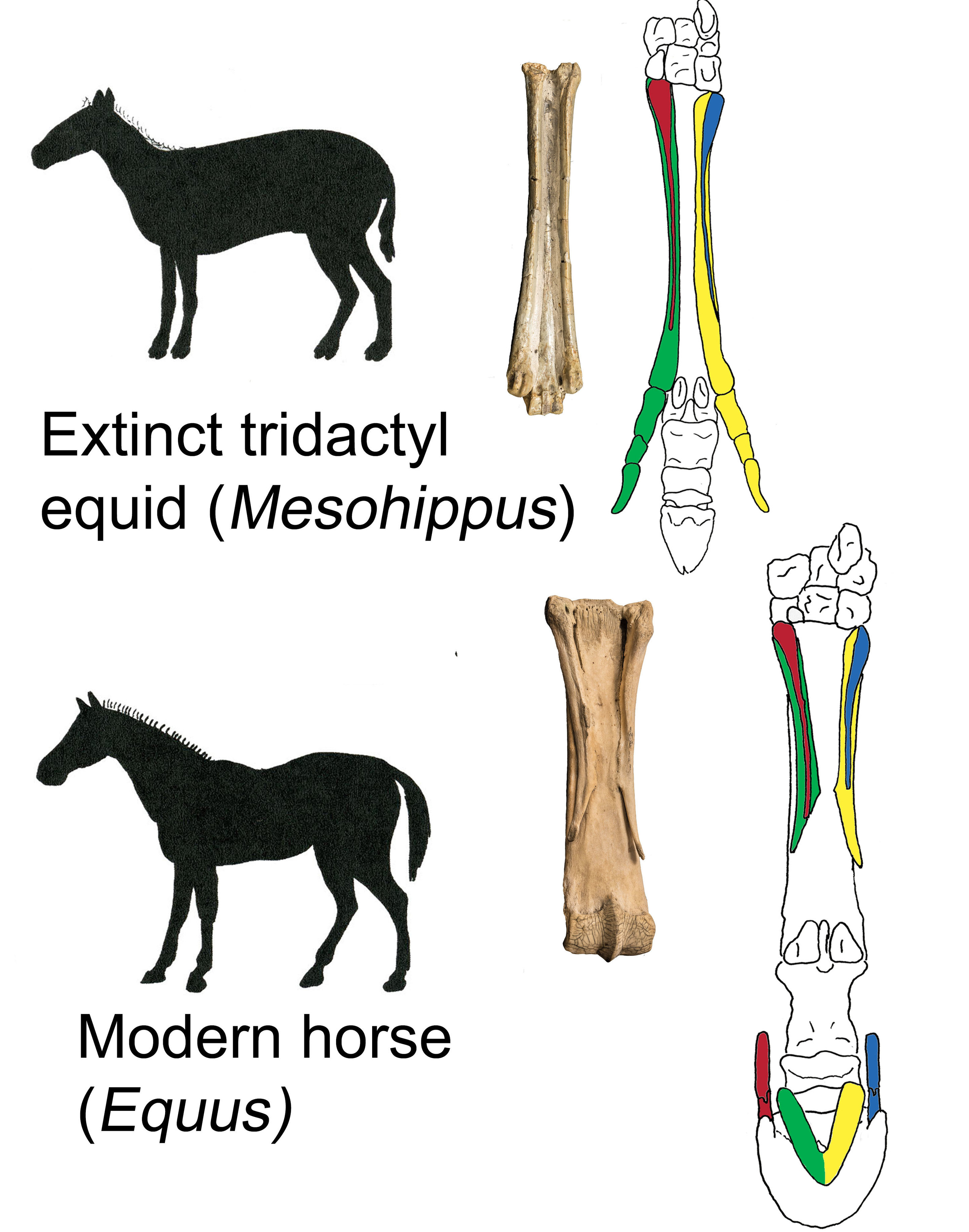
Horses have a unique anatomy, and the number of toes on a horse is one of the features that sets them apart from other animals. A horse’s hooves are made up of two main parts: the hoof wall and the sole. The hoof wall is composed of several layers of hard, keratinized tissue and contains the horse’s two toes.
The number of toes on a horse is generally two. Although, some horses may have a third toe, which is known as a “splint bone” or a “cannon bone”. This third toe is usually found on the inside of the horse’s leg, just above the fetlock joint.
| Number of Toes | Description |
|---|---|
| 2 | The majority of horses have two toes, which are made up of the hoof wall and the sole. |
| 3 | Some horses may have a third toe, which is known as a “splint bone” or a “cannon bone”. This third toe is usually found on the inside of the horse’s leg, just above the fetlock joint. |
The two toes are connected by a web of connective tissue and a thin layer of skin. This connection is known as the “white line” and is the area where the hoof wall and the sole meet. The white line is the area that can be affected by disease or injury, so it is important to keep it healthy and free from injury.
The two main toes of the horse are encased in a hard, protective layer known as the “hoof capsule”. The hoof capsule is made up of several layers of keratinized tissue and is responsible for providing protection and support to the horse’s feet.
The number of toes on a horse is an important feature that helps define them as a species. Horses have two toes that are made up of the hoof wall and the sole and, in some cases, a third toe which is known as a “splint bone” or a “cannon bone”. Keeping the white line healthy and free from injury is essential for the overall health of the horse.
Variation in Toe Number
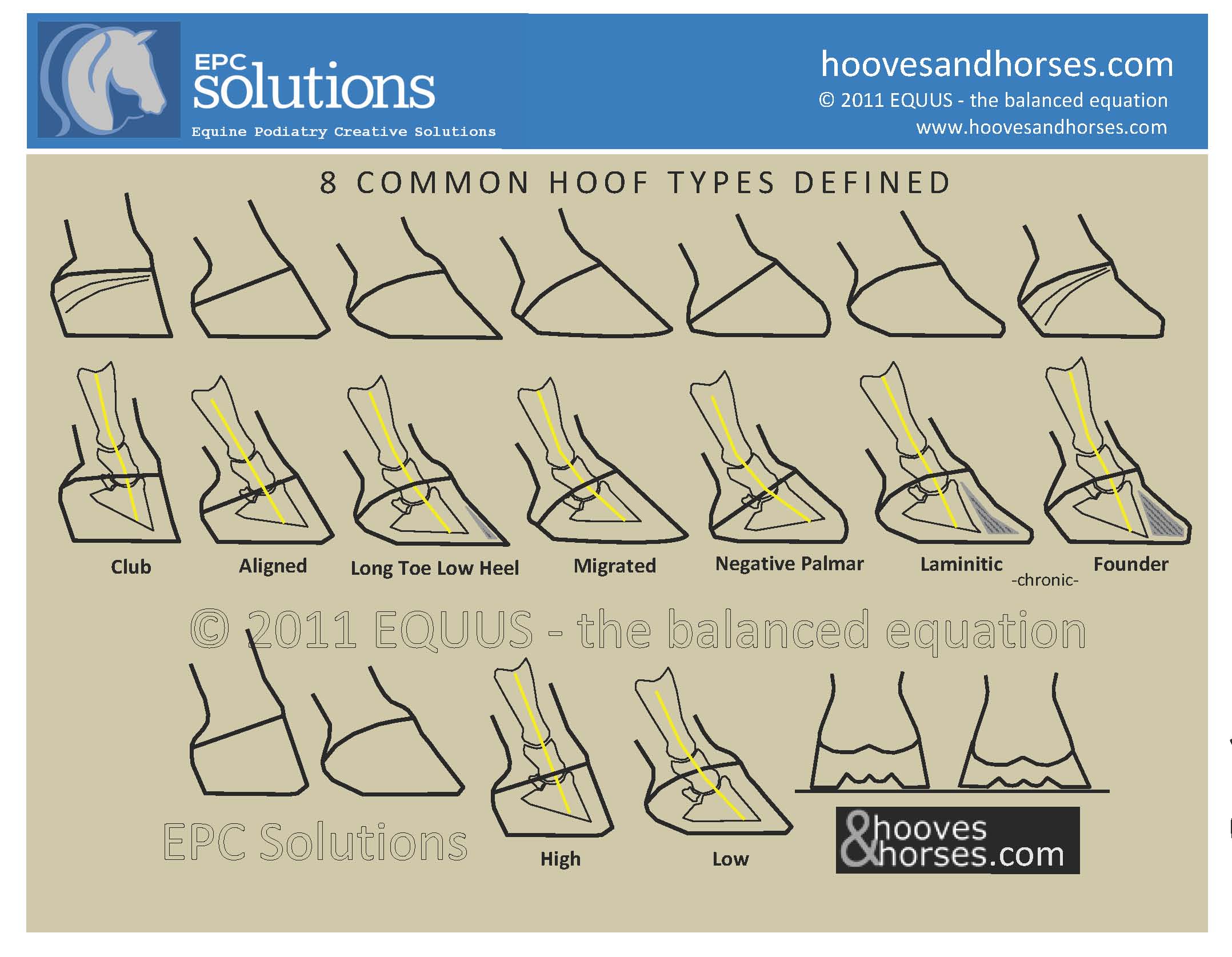
Most horses have a single hoof on each of their four feet, but not all. Some horses have more than one hoof on each foot. This condition is called polydactyly and is caused by a genetic mutation. While the average number of toes on a horse is four, some horses may have as few as two toes or as many as six.
Polydactyly is relatively rare in horses. It occurs more often in certain breeds, such as the American Saddlebred and the Tennessee Walking Horse. The extra toe or toes may be on the front or back of the foot, and may be functional or non-functional. In some cases, the extra toes are removed surgically to prevent any problems.
The presence of an extra toe can affect the way a horse moves and may put more strain on the other toes, leading to lameness or other health issues. As such, it is important for horse owners to have their horses examined by a veterinarian to determine the number and condition of their toes. This can help them to properly care for their horses and prevent any potential health problems.
Types of Hooves
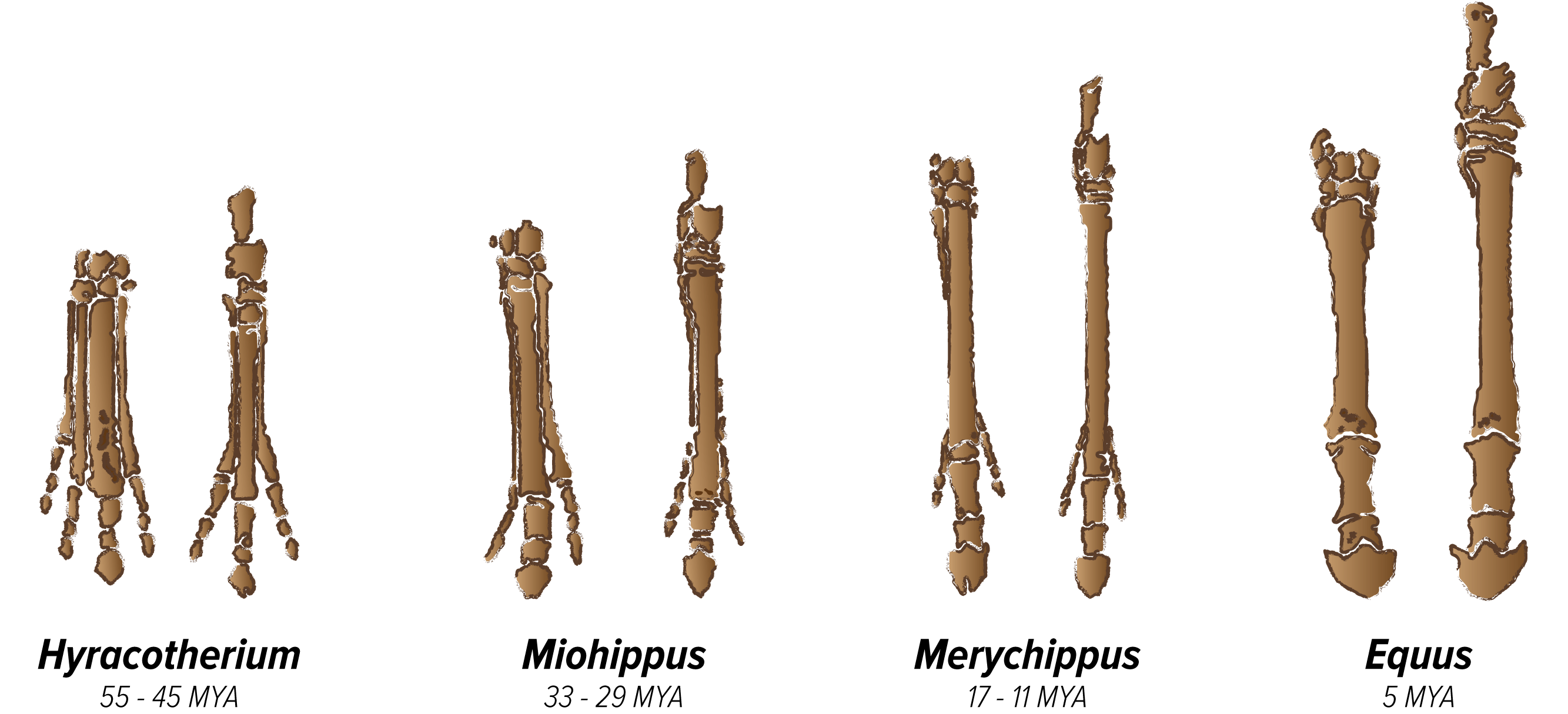
A horse typically has one hoof on each foot, but depending on the breed, the hoof can be shaped differently. The following are some of the common types of hooves found on horses:
- Cob Hooves: Cob hooves are typically round and have a slightly concave sole. This is a very common type of hoof found on many breeds.
- Draft Hooves: Draft hooves are typically square and more robust than cob hooves. This type of hoof is typically found on heavier breeds.
- Arab Hooves: Arab hooves are the smallest of the hoof types and are very hard and durable. This type of hoof is typically found on Arabian horses.
- Pony Hooves: Pony hooves are typically smaller and more narrow than other hoof types. This is a common type of hoof found on smaller horses.
Health of the Hoof
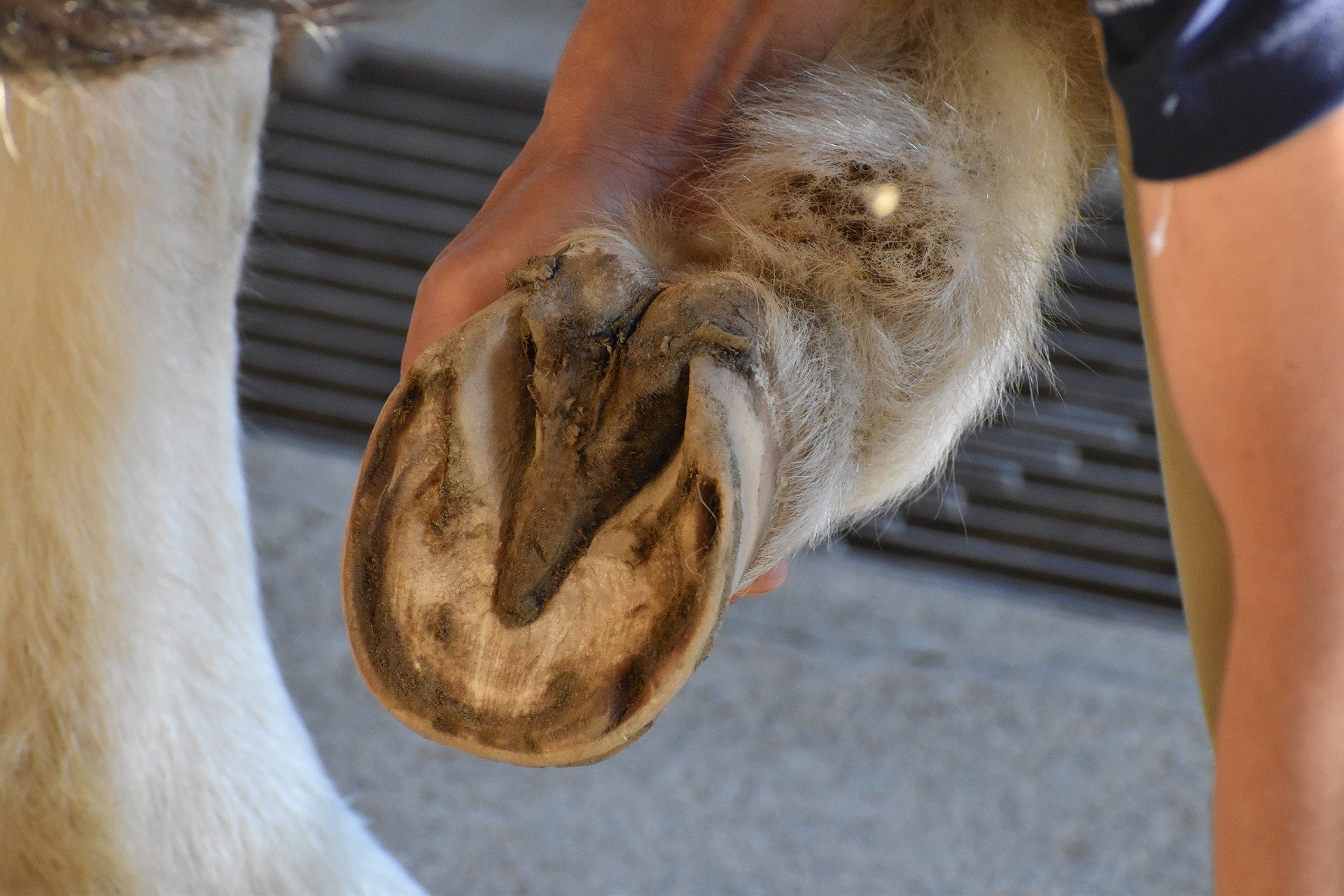
A horse’s hooves are essential for their health and mobility. It is important to keep up their hoof care so their hooves stay healthy. Here are some tips to ensure that your horse’s hooves remain healthy:
- Examine your horse’s hooves daily for any changes or signs of injury.
- Clean the hooves regularly to remove dirt, debris, and stones.
- Trim the hooves every six to eight weeks to keep them healthy and strong.
- Check the hooves for any signs of infection, cracks, or other irregularities.
- Apply hoof oil or dressing to keep the hooves conditioned and protected.
- Ensure your horse’s feet are balanced and that the heels and frogs are properly trimmed.
- Keep the feet dry, especially in wet and muddy conditions.
- Make sure your horse is wearing the correct type and size of horseshoes.
By following these simple steps, you can ensure that your horse’s hooves remain healthy and strong. Healthy hooves are essential for your horse’s overall health and wellbeing, so it is important to take the necessary steps to ensure that your horse’s hooves are properly cared for.
Genetics and Toe Number
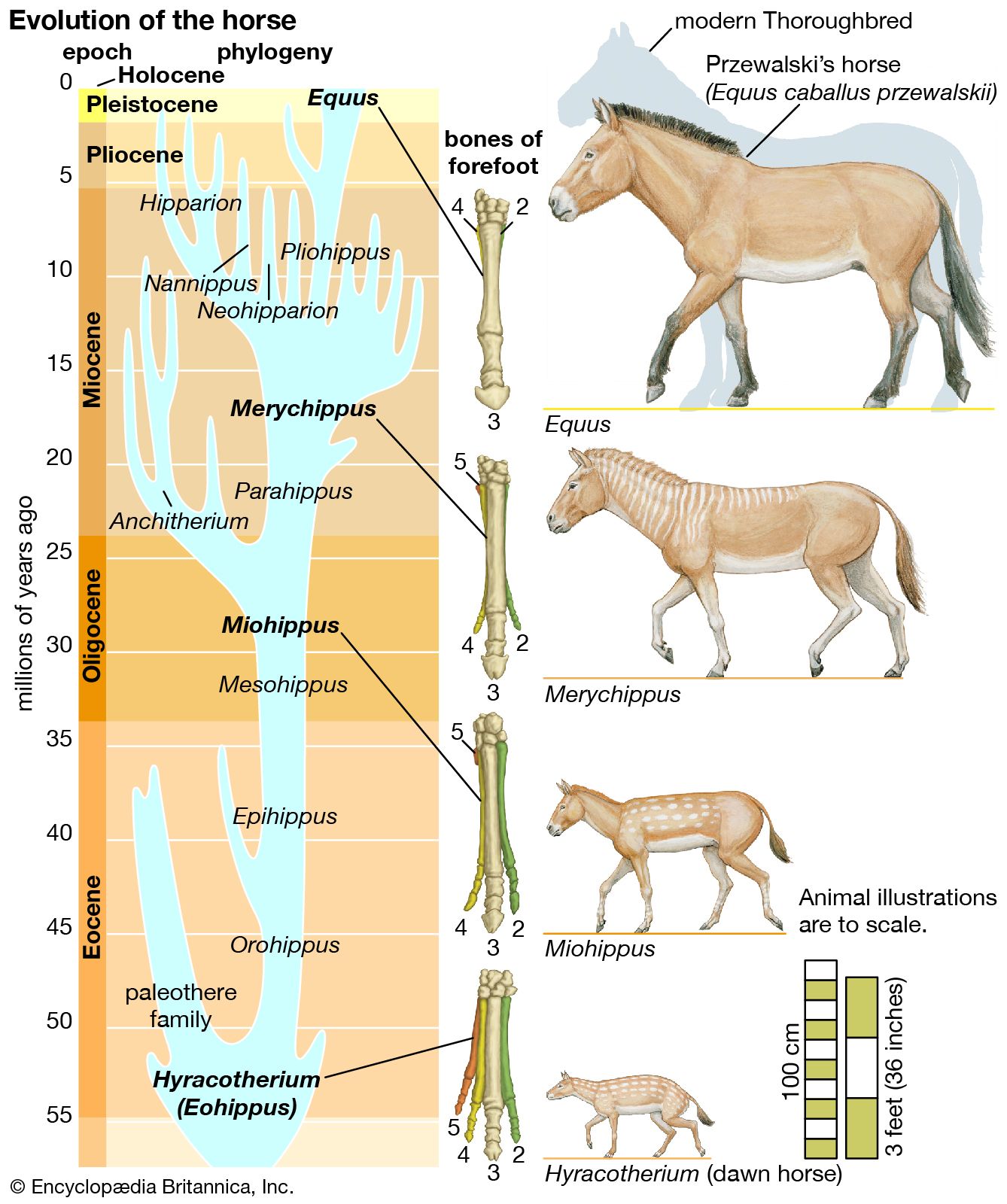
Most horses have only one toe per foot, unlike their distant relatives, the rhinoceros and tapir, which have three and four toes respectively. However, this isn’t always the case. Some horses have extra toes due to mutations in their genetic make-up, or polydactylism.
Polydactylism
Polydactylism is an inherited condition that results in an additional toe or toes on each foot. It is very rare in horses, with only a few known cases reported in the literature. The condition is caused by a genetic mutation that causes the extra toes to form. The extra toes usually don’t affect the horse’s ability to walk or run, and they can be trimmed and kept in check with regular hoof care.
Types of Polydactylism in Horses
- Supernumerary digit: This is the most common type of polydactylism in horses. It occurs when an extra toe is present alongside the regular toe. It is usually found on the front feet and is not connected to the foot by any bones.
- Fused digits: This type of polydactylism occurs when the extra toes are fused to the main toe. It is usually found on the hind feet and is connected to the foot by a single bone.
- Duplicated digits: This is the rarest type of polydactylism. It occurs when the extra toes are not connected to the foot by any bones but are still attached to the main toe.
In conclusion, horses usually have one toe per foot, but in rare cases, they can have extra toes due to genetic mutations. The extra toes are usually harmless and can be managed with regular hoof care.
Evolution of the Horse’s Toe Number
Horses have evolved over time, and with this evolution has come a change in the number of toes that a horse has. Originally, horses had four toes on each foot. Over time, two of the toes on each foot fused together and became one, leaving a horse with a single toe on each foot. This single toe is called a hoof and is covered with a hard, protective layer of keratin.
The evolutionary history of the horse is complex and, while scientists are still working out the details, it is believed that the change in the number of toes on a horse’s foot is a result of the adaptation to different environmental conditions. As horses moved from the forest to the savannah, they had to adapt to running long distances at high speeds in order to escape predators. A single toe was better suited for this because it allowed for greater speed and agility.
In addition to the evolutionary changes in the number of toes on a horse’s foot, some breeds of horses also have a second, smaller toe known as a “dewclaw”. The dewclaw is located on the back of the leg and is not used for walking. This toe is believed to have evolved as a result of the horse’s adaptation to the cold climate of the northern hemisphere.
The modern horse has a single toe on each foot, known as a hoof. This hoof is made of a hard, protective layer of keratin, and it is this hoof that helps the horse to run and maneuver quickly and efficiently. While the dewclaw is not necessary for the horse’s survival, it is present in some breeds of horses and is believed to have evolved as an adaptation to the cold climate of the northern hemisphere.
Frequently Asked Questions
1. How many toes does a horse have on each hoof?
A horse typically has four toes on each hoof. The hoof is made up of a hard outer layer, the hoof wall, and a soft inner layer, the sole. The four toes, known as the horse’s finger bones, are encased in the hoof wall and sole. In addition, the horse has two small, pointed, and curved dewclaws located slightly above the hoof on the fetlock. The dewclaws do not have any contact with the ground.
- Hard hoof wall
- Soft sole
- Four toes (finger bones)
- Two small, pointed, and curved dewclaws
2. What type of digits does a horse have?
A horse has a total of four digits on each foot, two in the front and two in the back. The two digits in the front are known as the ” front hooves ” and the two digits in the back are known as the ” back hooves “. The front hooves are larger than the back hooves and are more pronounced.
The four digits of a horse’s foot are:
- First Digit: This is the longest and most pointed of the four digits, and is the one that bears the majority of the horse’s weight.
- Second Digit: This digit is slightly shorter and narrower than the first digit and is located in front of it.
- Third Digit: This is the smallest of the four digits, and is located behind the second digit.
- Fourth Digit: This digit is the second-longest of the four digits, and is located behind the third digit.
These four digits are made up of the same type of material, which is called keratin. This type of material is also found in human hair and nails.
3. How many digits are found on each hoof of a horse?
A horse has four feet, and each foot has three digits. These digits are the coffin bone (also known as the P3), the short pastern bone (P2), and the long pastern bone (P1). The coffin bone is the largest of the three, and it is the main weight bearing bone. The other two bones act as shock absorbers and help the horse to maintain balance.
- Coffin Bone (P3)
- Short Pastern Bone (P2)
- Long Pastern Bone (P1)
4. Are the number of toes and digits on a horse the same?
No, the number of toes and digits on a horse is not the same. A horse has four toes, or hooves, on each foot, while they have five digits.
- Toes: 4 per foot
- Digits: 5 per foot
5. How many total toes and digits does a horse have?
A horse has four toes and digits on each foot. This means that the total number of toes and digits a horse has is eight (8).
- Front legs: two toes and digits each
- Rear legs: two toes and digits each
The two toes and digits on the front legs of a horse are known as the “medial” and “lateral” digits. The two digits of the rear legs are usually referred to as the “coffin” and “splint” bones.
The two center toes, the medial and the lateral, are the two that bear the horse’s weight. The other two toes, the coffin and the splint, are vestigial and do not bear weight.
Conclusion
Horses have four toes on each foot. The hoof is a tough outer covering that protects the sensitive inner structures of the foot and helps the horse to balance and move. The horse’s toes are encased in the hoof and they do not actually touch the ground. Instead, the hoof absorbs the impact of the horse’s weight and provides traction. Horses can walk and run on all types of terrain and can even gallop at speeds of up to 55 miles per hour. The hooves of horses are strong and durable and are capable of withstanding tremendous amounts of pressure and wear.
References
- Bishop, Carol. How Many Toes Does a Horse Have? The Spruce Pets. Retrieved April 10, 2020.
- Murphy, Patrick. How Many Toes Does a Horse Have? ThoughtCo. Retrieved April 10, 2020.
- Stamper, Lisa. Horse Hoof Anatomy. The Spruce. Retrieved April 10, 2020.



